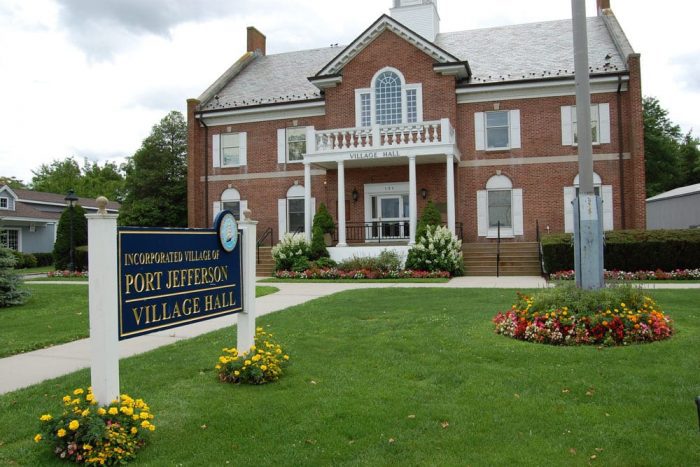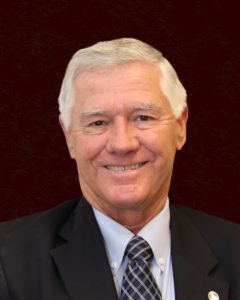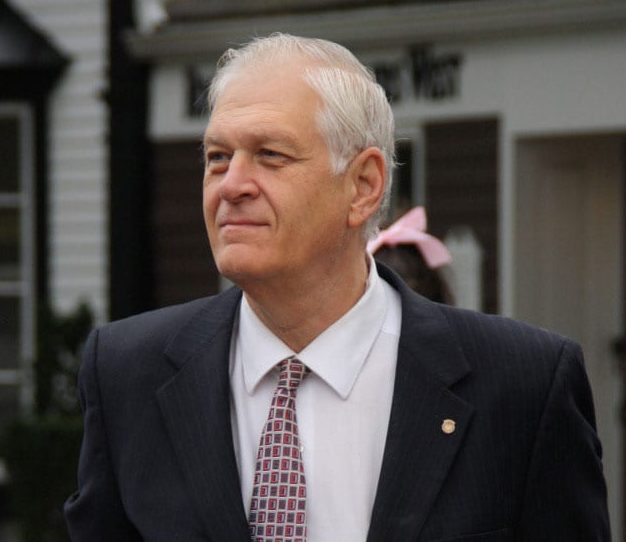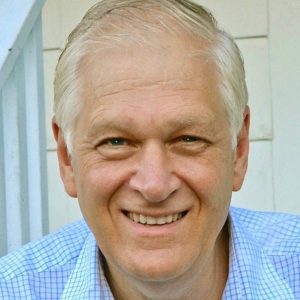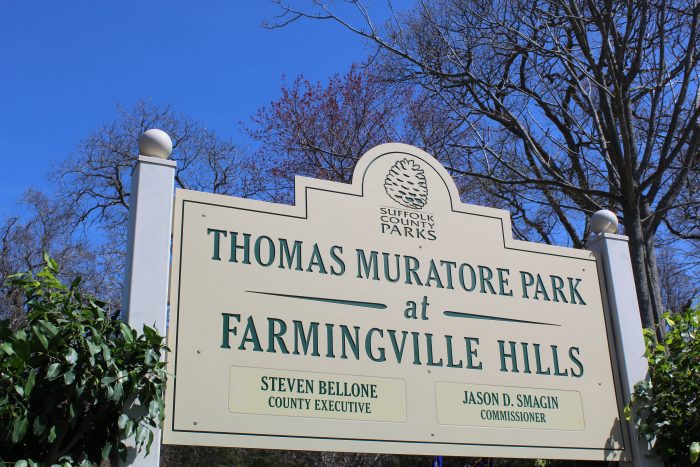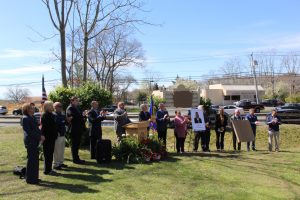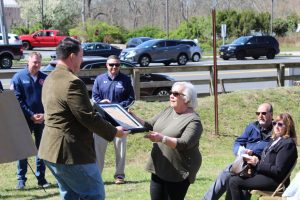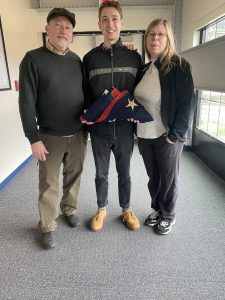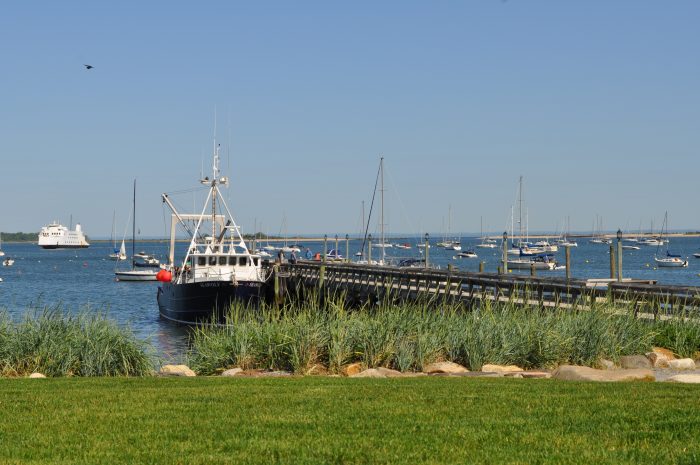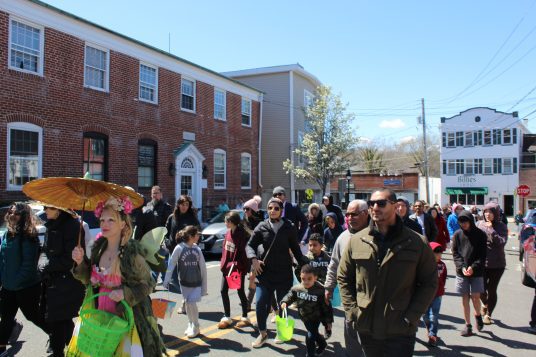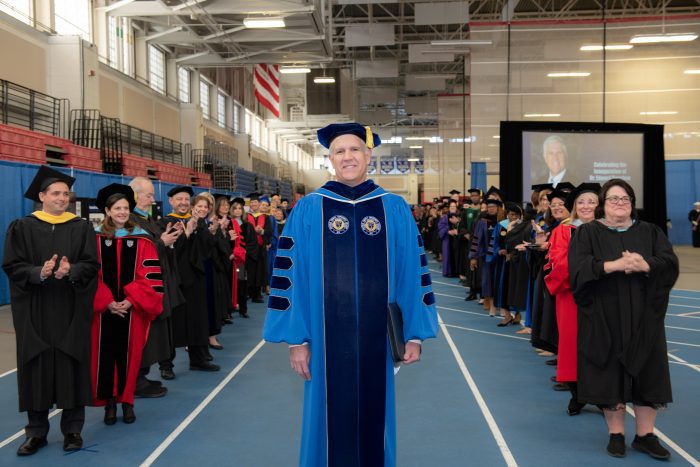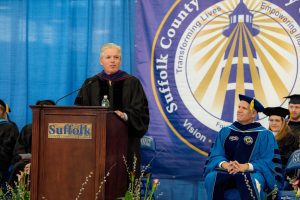By Raymond Janis
On Monday, May 2, the Village of Port Jefferson Board of Trustees held a public meeting, updating residents on a number of issues facing the village.
Public safety
Chief of Code Enforcement Fred Leute reported an alleged physical altercation involving a knife attack on Main Street, prompting Suffolk County police to make an arrest. “The victim and the aggressor became involved in a verbal dispute,” the chief said. “The dispute turned physical. The aggressor slashed the victim on the upper left arm with a knife and Suffolk County P.D. responded.” He added, “The victim was taken by ambulance to Stony Brook [University Hospital], treated and released.”
The suspect was arrested by Suffolk police without incident and the background check revealed no gang affiliation or other motivating factors.
Leute announced that he has been coordinating with Suffolk police with regards to the upcoming busy season in downtown Port Jefferson. The village will receive the Whiskey Unit, a two-person police team which will be dedicated to the four busiest nights. A uniformed patrol officer will be assigned to monitor activity on Main Street. There will also be bike patrol officers and other services to promote public safety.
In response to resident complaints of speeding on California Avenue near the East Setauket boundary, village constables had conducted a two-week survey using a speed trailer which monitored traffic speeds along the street. Leute believed that with the introduction of stop signs in the area, speeding has largely been alleviated.
“While I completely understand there was likely a speed problem previously, I think the stop signs have fixed that problem,” he said. “In short, I don’t think we have a speeding problem there now.”
Resident Ana Hozyainova questioned the efficacy of such a speeding survey to accurately diagnose the problem on California Avenue: “Me going down California with my two children and then turning onto [Route] 25A becomes an issue,” she said. “It’s a lot less of an issue now with the stop signs, but it is still part of the issue.” She later asked that the board consider a plan to reconfigure the street to make it more walkable.
Mayor Margot Garant, replying to this suggestion, said such a measure would not be feasible, at least in the immediate future.
“It took eight years with [the state Department of Transportation] to get the sidewalk on 25A,” the mayor said.
The discussion concluded as Hozyainova and Leute agreed to compare notes and investigate the matter further in private.
Trustee reports
Trustee Rebecca Kassay reported that the Six Acre Park Committee will present its proposal to the board on Monday, May 16, at Village Hall.
“The overall aim is to have a tree park or arboretum densely planted that replaces a significant portion, or all, of the species that are currently there, which are invasive species with little to no ecological value to native or migratory fauna,” the trustee said. She added, “It’s a rare opportunity to give back to nature in a meaningful way.”
Trustee Stan Loucks began his report with a brief remark about the state of golf throughout the village. “At our country club, our membership is very healthy,” he said. “We have exceeded 550 members this year. It’s down a little bit from last year, but last year was an exceptional year.” He added, “More people are playing golf today than ever before.”
In an email statement, village resident Michael Mart countered Loucks’ opinion. According to Mart, “The figures stated last night regarding his up-to-date number as being just over 550 … changes nothing in regard to the fact that considerably less than 10% of village residents are dues-paying golfers at our village golf course.”
In a phone interview, Loucks responded to Mart’s comments: “He’s absolutely correct,” the trustee said. “It would be a little bit over the top to expect to have 8,000 residents as members of our country club.” He added, “I was only quoting the number of golfers at our club in comparison to previous years and our membership is healthy.”
Loucks also reported that two pickleball courts have been created at Texaco Park.
Deputy Mayor Kathianne Snaden reported a delay in the bathroom project at Rocketship Park. “It’s going to be a little bit longer for some of the equipment, the fixtures to come in,” the deputy mayor said. “We discussed looking into some porta potties in the meantime, so the kids and the families will have bathrooms down there.”
Mayor’s report
The mayor reported she had a successful meeting with the Six Acre Park Committee: “I want to thank those volunteers for working over the last eight months and pulling together what I think is a fantastic vision for the 6 acres up on Highlands Boulevard,” she said. “I’m looking forward to having them do their presentation to the Board of Trustees.”
Garant also announced that the Upper Port building which formerly housed the PJ Lobster House before its move will soon be demolished. Approval of the demolition permits will be granted “any minute and you will see that building start to come down,” she said.
On Sunday, June 5, Drowned Meadow Cottage will host a ribbon-cutting ceremony to celebrate Plundering Day, reopening the building as a permanent Culper Spy Ring museum, the mayor said.
To access the full Board of Trustees meeting, click here.

